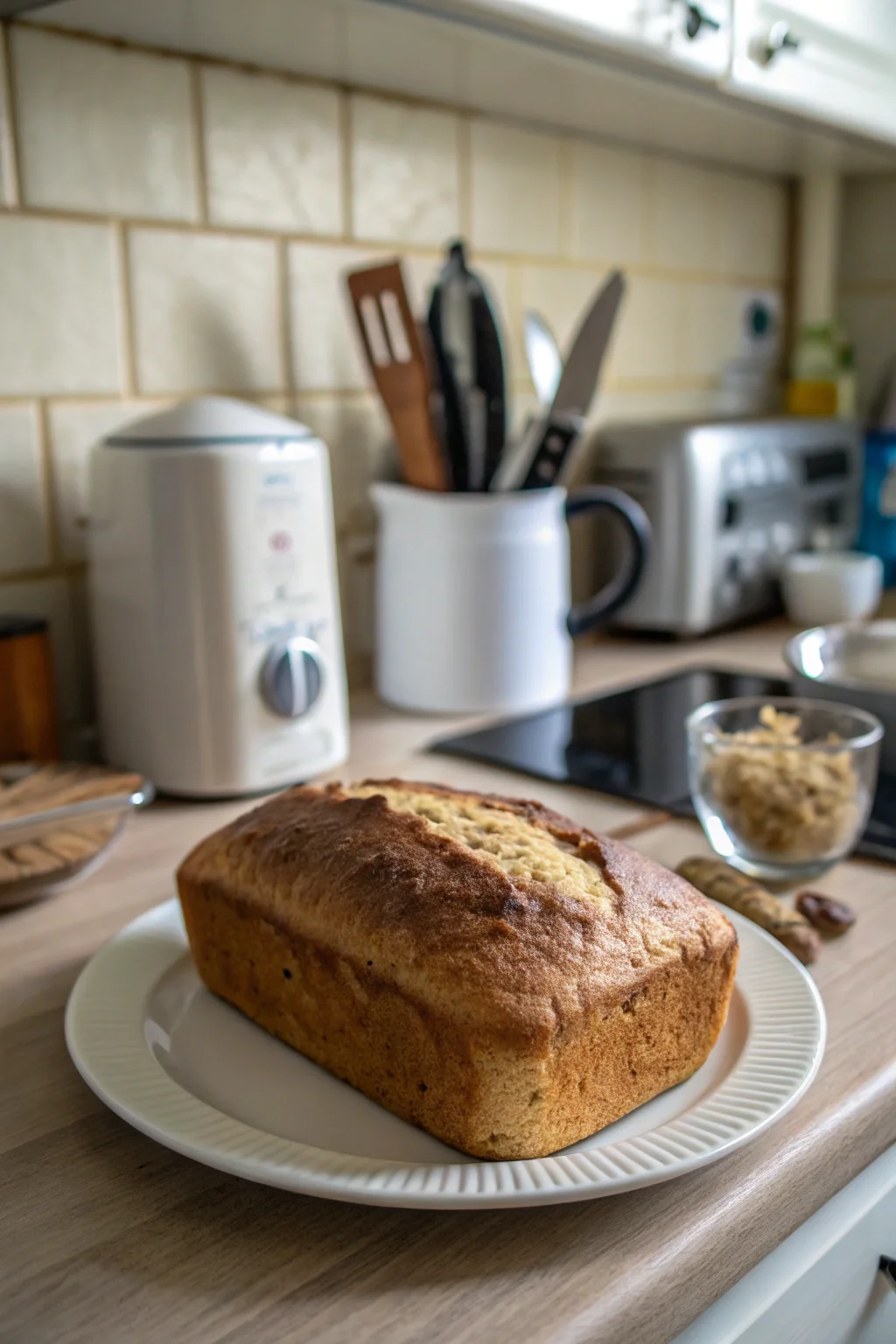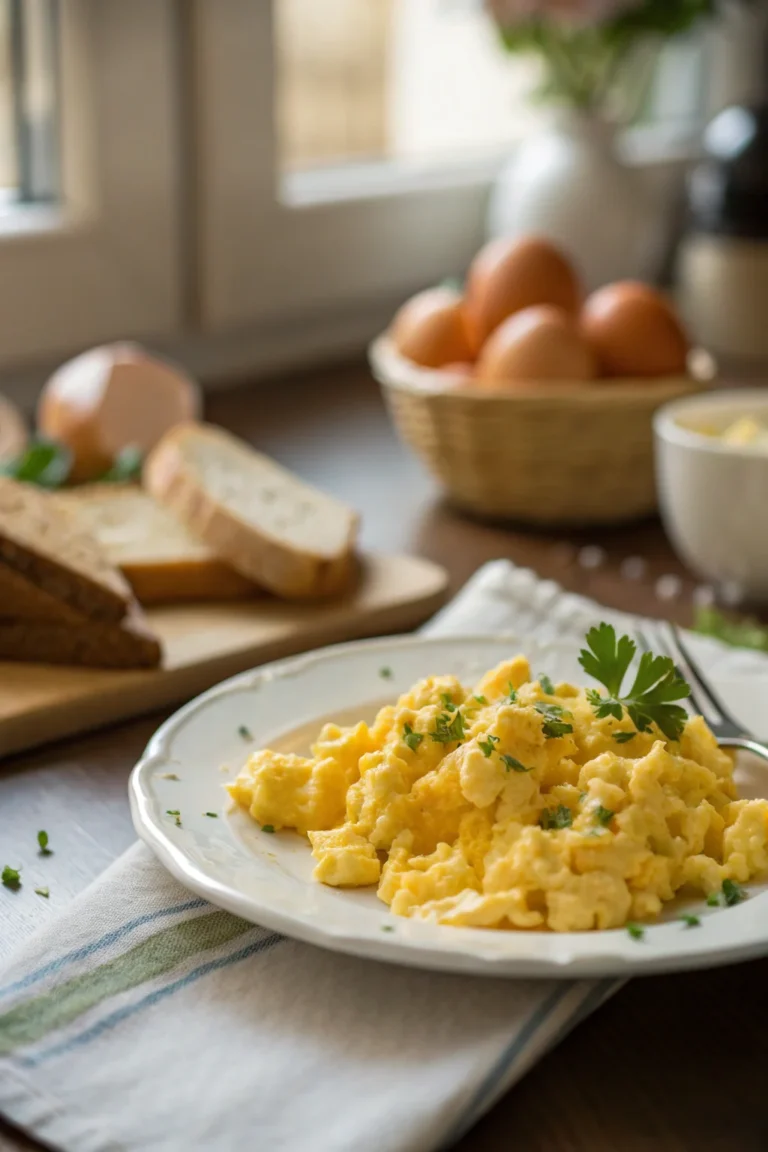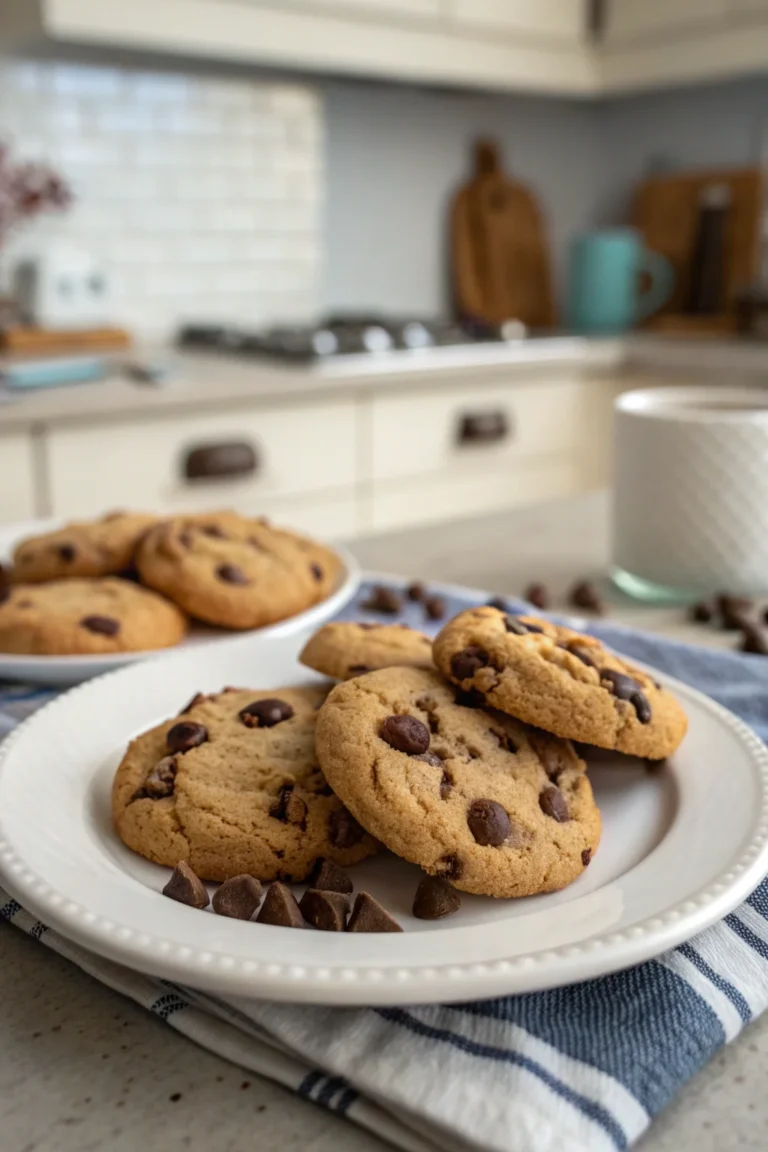What Is the Best Flour for Bread? | Complete Guide
Baking bread is both an art and a science, and choosing the right flour is a crucial part of the process. Different flours can bring varied textures, flavors, and nutritional benefits to your baked goods. This guide will help you navigate the world of bread flours, ensuring your bread turns out perfect every time.
Table of Contents
What Is Bread Flour?

Bread flour is a type of flour that is high in protein, typically ranging between 12% and 14%. This high protein content is crucial because it strengthens the dough and allows for better gluten development, resulting in a chewy texture. Bread flour is ideal for yeast breads, including rustic loaves, sandwich bread, and pizza dough.
The higher protein content in bread flour is due to the type of wheat used—hard wheat varieties, which are particularly rich in gluten-forming proteins. When water is added to bread flour, these proteins (glutenin and gliadin) interact to form gluten, a stretchy network that traps gas bubbles produced during fermentation. This is what gives bread its characteristic structure and chewiness. Bread flour is particularly suitable for recipes that require significant rise and structural integrity, such as baguettes, sourdough, and focaccia.
How Does Bread Flour Differ from All-Purpose Flour?
Bread flour and all-purpose flour are both versatile, but they differ primarily in protein content. All-purpose flour has a protein content of around 10-12%, making it suitable for a wide range of baked goods, but it won’t provide the same chewiness as bread flour. If you don’t have bread flour, you can use all-purpose flour, but expect a slightly different texture.
The protein content in all-purpose flour is lower because it is made from a blend of hard and soft wheats, making it versatile for a variety of recipes, from cookies to cakes to pancakes. However, when used in bread-making, all-purpose flour might not achieve the same elasticity and volume as bread flour. This can lead to a loaf that is softer and less chewy, with a potentially lower rise. To counteract this, bakers sometimes add vital wheat gluten to all-purpose flour to bolster its protein content, thus improving its gluten-forming abilities.
Can I Substitute All-Purpose Flour for Bread Flour?
Yes, you can substitute all-purpose flour for bread flour, though the texture will be slightly different. To mimic bread flour, you can add a tablespoon of vital wheat gluten to each cup of all-purpose flour. This will help increase the protein content and improve gluten formation.
Using vital wheat gluten is a practical tip for those who bake frequently and want to save on purchasing multiple types of flour. It’s a particularly useful strategy when baking in larger quantities or when experimenting with different recipes. Vital wheat gluten is especially beneficial in recipes requiring a high degree of elasticity and strength, such as bagels or pizza crusts. Keep in mind that the added gluten may slightly alter the hydration of the dough, so you might need to adjust the water content accordingly.
What Is Whole Wheat Flour and How Is It Used in Bread?
Whole wheat flour is made from the entire wheat kernel, including the bran, germ, and endosperm. This makes it more nutritious than white flour, but it can also make bread denser. When using whole wheat flour, consider mixing it with bread flour to improve the loaf’s texture.
Whole wheat flour is rich in fiber, vitamins, and minerals, offering a more robust flavor compared to white flour. However, the presence of bran in whole wheat flour can interfere with gluten development, leading to denser bread. To balance nutrition and texture, many bakers use a combination of whole wheat flour and bread flour. A typical ratio might be 50:50, but this can be adjusted based on personal preference. When using whole wheat flour, you may also need to increase the hydration of your dough, as the bran and germ absorb more water.
What Is the Role of Gluten in Bread Flour?

Gluten is the protein network that provides structure to bread. It traps carbon dioxide produced by yeast, helping the dough rise. Bread flour’s high protein content supports strong gluten networks, resulting in a chewy texture and good volume in the finished bread.
The development of gluten is a critical step in bread-making. Proper kneading encourages gluten strands to align and strengthen, creating a resilient yet elastic dough. This elasticity allows the dough to stretch and expand, accommodating the gas produced by the yeast during fermentation. The strength of the gluten network is directly tied to the texture of the finished bread: a well-developed gluten network results in a chewy, airy loaf with a good crumb structure. Conversely, underdeveloped gluten leads to denser, flatter bread.
Is There a Gluten-Free Option for Bread Flour?
Yes, there are gluten-free bread flour options available, often made from a blend of rice flour, potato starch, and tapioca flour, along with binders like xanthan gum. These blends can mimic the texture of traditional bread, but results may vary, and additional experimentation may be required.
Gluten-free bread-making presents unique challenges since gluten-free flours lack the protein structure that traditional bread relies on for texture and rise. To compensate, gluten-free recipes often incorporate starches and gums to mimic the elasticity and structure provided by gluten. Xanthan gum and guar gum are common additions that help bind ingredients and provide the necessary elasticity. Experimenting with different blends and ratios is key to achieving a loaf that is not only edible but enjoyable. Be aware that gluten-free doughs often have a different consistency, often being more batter-like than traditional doughs.
What Is the Best Flour for Sourdough Bread?
For sourdough bread, a mix of bread flour and whole wheat flour is often recommended. The bread flour provides strength and volume, while whole wheat flour adds flavor and nutrition. Some bakers also incorporate a small amount of rye flour for its unique taste and enhanced fermentation activity.
Sourdough relies on wild yeast and bacteria for leavening, which significantly influences the flavor and texture of the bread. Whole wheat flour and rye flour are particularly beneficial in sourdough baking because they contain more nutrients that feed the wild yeast and bacteria, promoting a robust fermentation process. The inclusion of rye flour can enhance the sour flavor profile of sourdough, providing a depth of taste that is hard to replicate with white flour alone. Adjusting the proportion of whole wheat and rye flour can help you achieve the desired balance of flavor and texture.
Should I Use Bleached or Unbleached Flour for Bread?
Unbleached flour is generally preferred for bread because it undergoes less processing, retaining more of its natural flavor. It also has a slightly higher protein content compared to bleached flour, which can be beneficial for bread making.
Bleaching flour is a chemical process that accelerates the natural aging of flour, which can result in a whiter color and finer texture. However, this process can also weaken the protein structure, which is not ideal for bread-making. Unbleached flour, on the other hand, is naturally aged and maintains a more robust protein network, making it better suited for bread that requires strong gluten development. Additionally, unbleached flour may impart a more nuanced flavor to the bread, enhancing the overall eating experience.
How Does Protein Content Affect Bread?
Higher protein content in flour means more gluten can form, resulting in better structure and chewiness in bread. Flours with lower protein content can result in softer, more cake-like textures. Choosing the right protein content is essential to achieving the desired bread texture.
Understanding protein content is crucial when selecting flour for specific bread recipes. For example, high-protein flours like bread flour are perfect for chewy, crusty loaves with a strong crumb, such as ciabatta or baguettes. Conversely, lower-protein flours like all-purpose are better for softer breads, like brioche or challah, where a tender crumb is desired. Adjusting the protein content through flour selection or supplementing with vital wheat gluten allows bakers to fine-tune the texture and structure of their bread.
What Is the Best Flour for Artisan Bread?
Artisan bread often benefits from strong flavors and distinct textures. A mix of bread flour, whole wheat flour, and sometimes rye or spelt flour can provide a complex flavor profile. Experimenting with different ratios can help you find the perfect combination for your artisan loaves.
Artisan bread is characterized by its unique flavors, textures, and often rustic appearance. Achieving these qualities often involves using a variety of flours to create depth and complexity in the bread. Whole wheat flour contributes a nutty flavor and hearty texture, while rye flour can add an earthy, slightly tangy note. Spelt flour, another ancient grain, offers a subtle sweetness and a lighter texture. By experimenting with different flour combinations and fermentation times, bakers can craft artisan breads that are truly unique and tailored to their tastes.
How Do I Store Bread Flour Properly?
To keep bread flour fresh, store it in an airtight container in a cool, dark place. For longer storage, consider keeping it in the refrigerator or freezer. Proper storage prevents the flour from absorbing moisture and odors, maintaining its quality.
Storing flour correctly is crucial for maintaining its quality and shelf life. Flour can absorb moisture and odors from the environment, which can lead to spoilage or off-flavors. An airtight container helps prevent this. If you live in a humid climate, storing flour in the refrigerator or freezer can extend its shelf life significantly by reducing the risk of moisture absorption and pest infestation. Before using flour that has been refrigerated or frozen, allow it to come to room temperature to ensure accurate measurements and consistent results.
Can Bread Flour Be Used for Other Baking?
Yes, bread flour can be used for baking other goods, but results may vary. Its high protein content can lead to chewier cookies and denser cakes. If you prefer softer textures, stick to all-purpose flour or cake flour for non-bread recipes.
While bread flour’s high protein content makes it ideal for bread, it can be used creatively in other baked goods for those who enjoy a chewier texture. For example, bread flour can add a delightful chew to chocolate chip cookies or a hearty structure to pancakes. However, for tender cakes or pastries where a delicate crumb is desired, lower-protein flours like all-purpose or cake flour are better suited. Experimenting with bread flour in various recipes can lead to interesting and enjoyable variations.
Are There Organic Bread Flours Available?
Yes, organic bread flours are available and can be found at health food stores or online. They are made from wheat grown without synthetic pesticides or fertilizers, which can be important for those seeking organic products. Bob’s Red Mill and King Arthur Baking offer reputable organic options.
Choosing organic flour can be a conscious decision for health and environmental reasons. Organic flours are produced without the use of synthetic chemicals, which some people prefer to avoid in their diet. Additionally, organic farming practices often emphasize sustainability and soil health. When selecting organic flour, consider the same factors you would with conventional flour, such as protein content and type of wheat, to ensure it meets your baking needs.
What Is the Best Flour for Bagels and Pizza?
Bagels and pizza require strong gluten development for their chewy textures. Bread flour is ideal for both, providing the necessary strength and elasticity. For an extra chewy texture, consider adding a small amount of vital wheat gluten to the dough.
The chewy texture of bagels and pizza dough is a result of their high-gluten content. Bread flour, with its high protein level, is perfect for achieving this characteristic chewiness. When making bagels, a dough with strong gluten development is essential for the dense, chewy texture that defines a classic bagel. Similarly, pizza dough benefits from the elasticity and strength provided by bread flour, allowing it to stretch thinly without tearing. Adding vital wheat gluten can further enhance these qualities, particularly in recipes where maximum chewiness is desired.
Wrap-Up
Choosing the right flour is essential for perfecting your bread baking skills. Whether you’re making a simple loaf or experimenting with artisan breads, understanding the properties of different flours will help you achieve the best results. For more on bread baking techniques, check out our Complete Guide to Baking Bread and explore King Arthur Baking’s Flour Guide for further insights. Happy baking!






